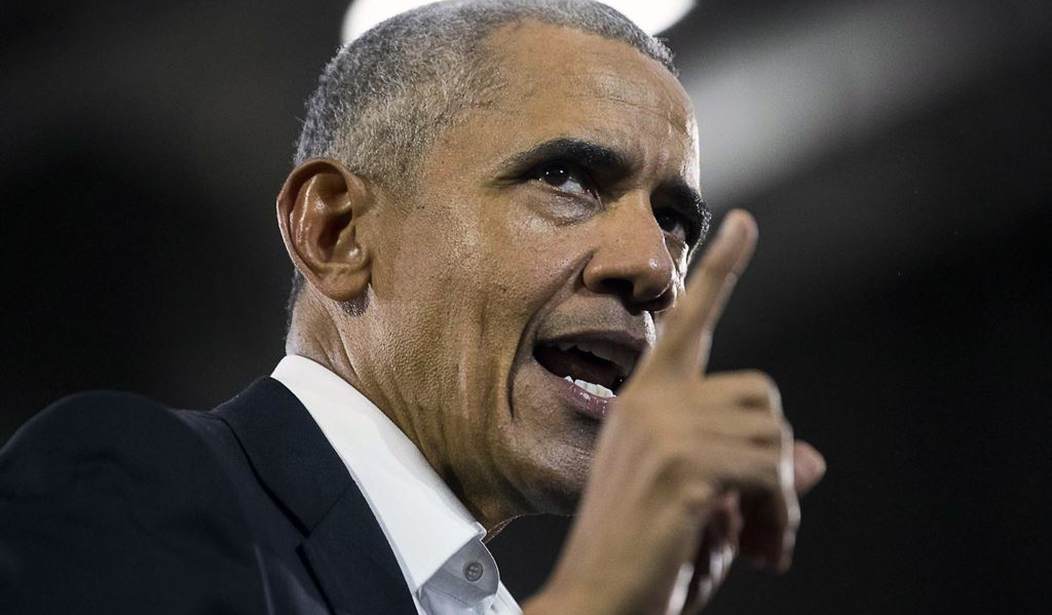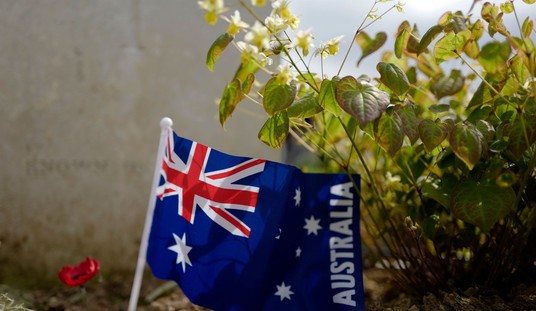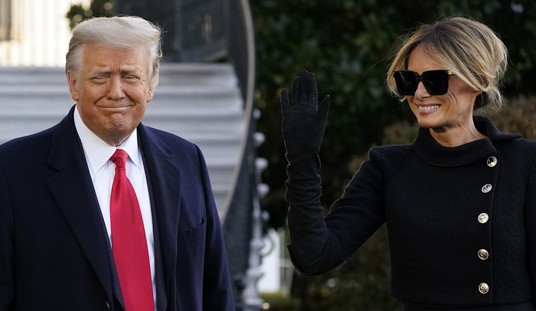
Susan Rice’s now infamous “by the book” email to herself was only one of the peculiar actions taken by the Obama Administration during those final days. Stranger still was President Obama’s January 12, 2017 executive order #12333 which allowed the National Security Agency to share globally intercepted personal communications with the government’s other 16 intelligence agencies.
According to The New York Times:
The new rules significantly relax longstanding limits on what the N.S.A. may do with the information gathered by its most powerful surveillance operations, which are largely unregulated by American wiretapping laws.
The change means that far more officials will be searching through raw data. Essentially, the government is reducing the risk that the N.S.A. will fail to recognize that a piece of information would be valuable to another agency, but increasing the risk that officials will see private information about innocent people.
This EO, dubbed “one, two, triple-three,” expanded the government’s surveillance powers. Why did Obama find this necessary eight days before his departure?
In his Thursday podcast, Dan Bongino addresses this question. Did he do it to provide cover for all of the people who had abused their access to intelligence? “Did Obama issue an executive order to protect Susan Rice and everyone else involved in the illicit abuse of intelligence to spy on political opponents?”
He shows the last page of the recently released list of Obama officials who requested unmaskings of Flynn during the presidential transition period and the last request, by Joe Biden, is made on January 12, the same day Obama signs EO 12333.
“They’re thinking that Trump is going to figure all this out,” Bongino says. “They already know Michael Flynn knows about the spying operation and the dossier. The Brits have already notified him that Steele is not to be trusted.”
(Note: During the transition period, the British government sent a letter to Obama’s National Security Advisor, Susan Rice, and to the incoming national security team (Flynn likely received it) in which they “disavowed” dossier author Christopher Steele. They said he was untrustworthy…Prior to the election, several foreign intelligence officials were feeding information to John Brennan. After Trump won, they realized they had spied on the incoming U.S. president. Perhaps this letter was intended to be an olive branch.)
Bongino displays an article from The Atlantic which is entitled, “Why Is Obama Expanding Surveillance Powers Right Before He Leaves Office?” Its subtitle curiously says, “It could be to prevent Trump from extending them even more,” which is nonsense.
Why would they do that? Why would they expand surveillance powers days before Trump takes office?
Bongino explains, “This is the media fabricating a narrative because they want to distract you from the fact that Obama signed an executive order that did this:” From The Atlantic piece:
The civil-liberties concern often surrounds the use of incidentally collected information. Under the new rule, the FBI could not obtain access to or search raw intelligence information for ordinary criminals in an ordinary criminal investigation against a U.S. person. However, if the FBI incidentally seized evidence of a crime, they are allowed to use that information. So that tends to be where the tension is for people who are concerned with the potential impacts that this change could have on U.S. persons.
Bongino asks, “Now does the ‘Mike Flynn was unmasked but we just collected his information incidentally’ make sense?” He makes the point that none of this was an accident. The FBI did not pick up this information incidentally. Michael Flynn was targeted.
“Flynn was hunted and targeted specifically by the Obama Administration. This executive order issued on January 12, 2017 is there to provide cover for everyone involved. To say, ‘Hey, hey listen, we just found this stuff incidentally and if it results in a criminal probe, don’t worry, you guys are all covered, I’ve got this executive order’…(Remember, just 12 days after this order is signed, on January 24, 2017, the FBI shows up at the White House to interview Flynn.)
(Note: Another significant event occurred on January 12, 2017. An Obama official leaked Flynn’s name and the details of his December 29, 2016 call with Russian ambassador Sergey Kislyak to David Ignatius at The Washington Post, who then published a story about it. The identity of the leaker is unknown. Whoever leaked it has committed a felony.)
The Times article tells us this order was signed by then-DNI James Clapper on December 15, 2016 and by then-Attorney General Loretta Lynch on January 3, 2017. Bongino says that tells him they were thinking about this after Trump’s surprise victory and were trying to figure out how to cover up their unmaskings of other Flynn calls. (Flynn was unmasked in other calls, just not the December 29, 2016 call with Kislyak.)
“They were trying to find a way to cover up their malfeasance while still trying to prosecute Flynn because he knew what they were doing. They had to get him arrested and locked up. And this executive order was the perfect air cover.”
Bongino cites news that Attorney General William Barr has asked the U.S. Attorney for the Western District of Texas, John Bash, to conduct a review of the unmaskings of Gen. Michael Flynn before and after the 2016 presidential election. (I posted on this story here.) This is not a coincidence. Barr knows there’s something big here and he’s going to find it.
(Relevant segment begins at 21:08.)













Join the conversation as a VIP Member